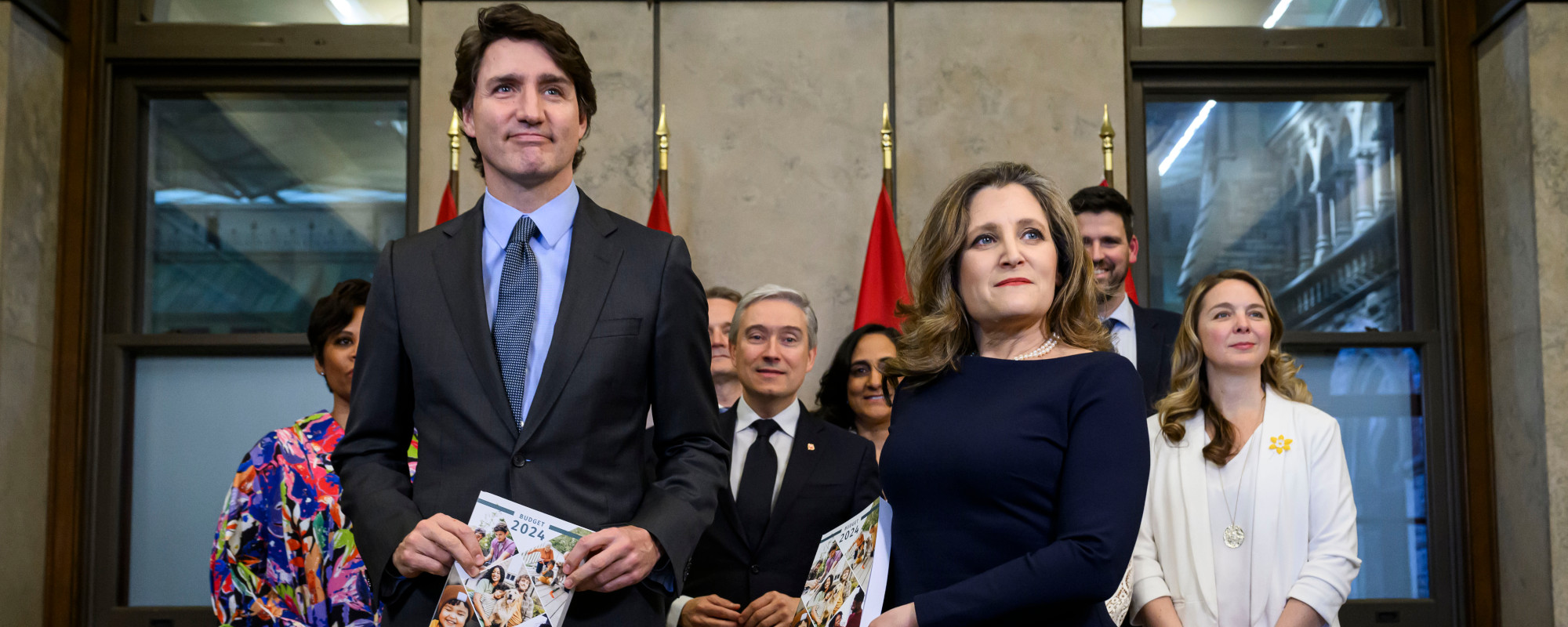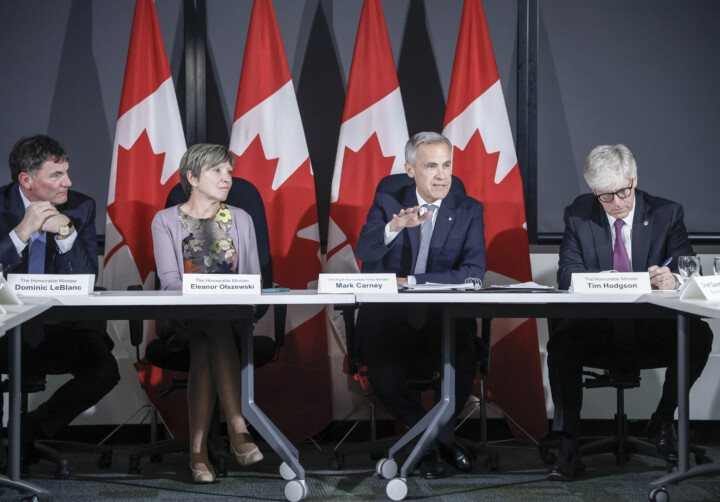Projections from budget 2024 show both revenues from the Goods and Services Tax (GST) and public debt charges match each other at $54.1 billion this year. This means that the 5-percent GST will simply to cover the government’s debt-servicing costs. This marks the first year since 2011 that GST revenues will be the same or less than public debt charges.
The federal government’s debt interest payments have skyrocketed in recent years. They were just $20 billion in 2020-21. But this year they’re projected to hit $54 billion and reach as high as $64.3 billion before the end of the decade.
Still, the Liberal government’s budget and its proponents have rightly emphasized that although public debt charges have risen significantly in absolute terms, they remain low in relative terms. For instance, at about 1.8 percent of GDP today, they’re far lower than they were in the 1980s and 1990s when they hit as high as 6.5 percent.
While these debt-servicing costs are manageable, they do come with opportunity costs for the government. Scarce public dollars must be dedicated to servicing past debt, rather than, for example, investing in the country’s long-term productivity capacity.
In the coming years, the government estimates that GST revenues won’t even fully cover its swelling public debt charges. In 2028-29, for instance, the GST is projected to generate $61 billion in revenue. Meanwhile, public debt charges will reach $64 billion.
A historical look at the relationship between GST revenues and public debt charges shows that GST revenues have consistently exceeded public debt charges for the past decade by an average of around $11 billion per year.
Recommended for You

Canada’s slow economic growth is a national emergency, and small tweaks won’t fix it: Hunter Prize 2025

Let the provinces lead Canada’s economic comeback: Hunter Prize 2025

How to close the gap between Canada’s performance and potential: Hunter Prize 2025

Why giving every newborn $60,000 could be key to securing Canada’s future: Hunter Prize 2025




